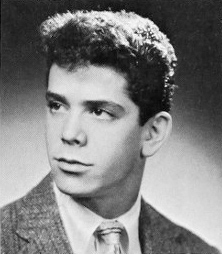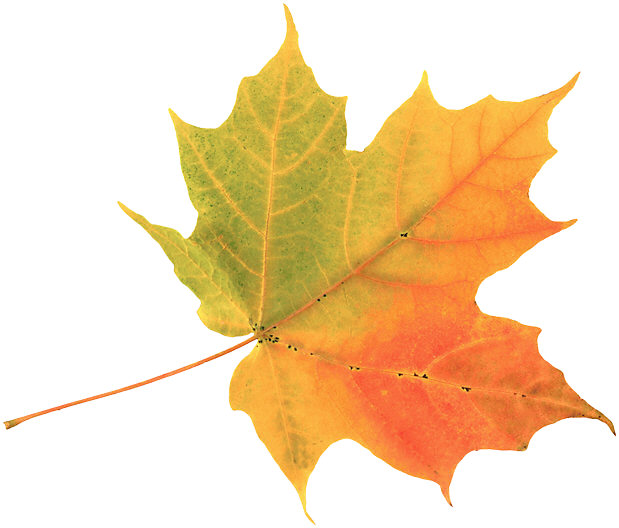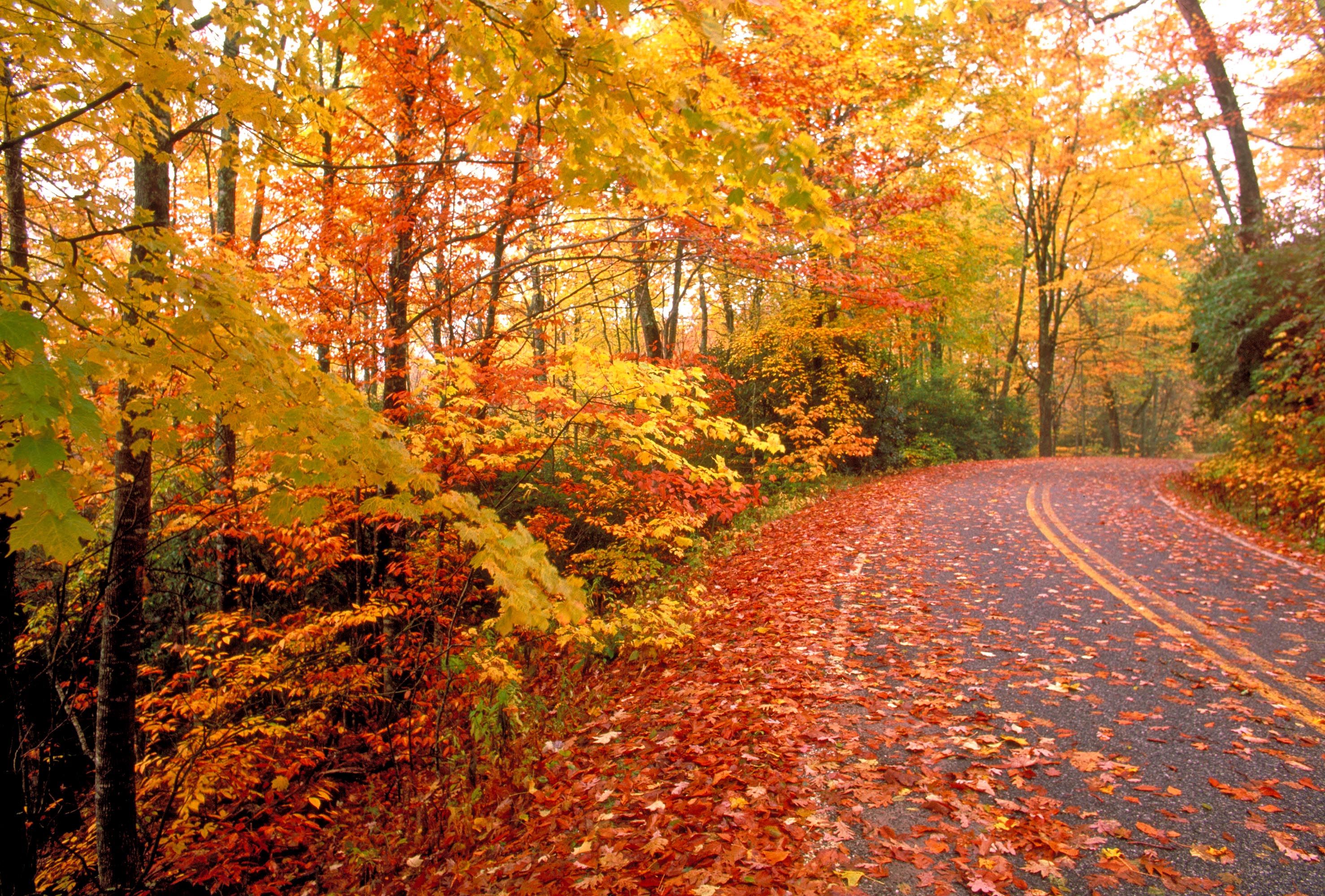So Lou Reed died today. 71. Liver disease. Because I kind of thought maybe he'd never go, it might be the most shocking thing he ever did.
Before I tell you some facts you may or may not have known about Lou Reed, I want to tell you a little story. You might like to listen to this song while you read.
Once upon a time in college, I used to get weak in the knees over a certain tall, blonde, and self-assured hockey player with a most musical name: Jim Ballantine. He was a friend and housemate of someone I'd gone to high school with. Sometimes I'd go over to my friend's house with the hope that a certain hockey-playing heartthrob would be home.
One day, my friend was not there, but this pulse-racing fellow was. He said I could hang out and wait for my friend, or whatever I wanted to do was cool with him. I don't think I spoke. I think I just nodded. I stood there in the living room, which sported a beat-up red leather couch, and he went into another room and put on some music. "Do you like Lou Reed?" he called. "Yeah," I said faintly, "I do."
I wasn't just saying that, either. I'd recently gotten a cassette of Lou Reed's greatest hits and of his recent New York (it was the early 90s, I was a college student, broke, tapes were what you listened to), and I listened to both over and over in my dorm room. To my utter delight, as I stood there in the living room of the heartthrob hockey player with the red leather couch, here came the first piano chords of "Satellite of Love." He turned it up, satisfyingly loud. As the background singers kicked in, Jim went through the living room to the kitchen for toast & peanut butter, then out to the hallway to collect his leather jacket (be still my heart), then back into the living room again for his books, Lou Reed grooving away the entire time.
I want to tell you, it was among the most delicious experiences of my decade.
There's more, but first, here are my Lou Reed facts.

Lou Reed's high school senior yearbook photo
(Photo from Wikipedia)

Lou Reed & Nico, from the Velvet years
(Photo from Flickr)

Reed went blonde for a while, in the mid-70s.
(Photo from Dangerous Minds)

Lou, from the 70s Transformer era.
(Photo from Cinema Fanatic)

Lou & Laurie, as seen by Annie Liebovitz
(Photo via the Edwynn Houk Gallery)

From the 2000s, around the time of his Metal Machine Music release -- which is "kind of, you know, a guitar solo" except chaotically epic.
(Photo from PopMatters)
And now for my coda. Jim Ballantine died several years ago. The last time I saw him, he'd turned up at my friend's house in the middle of the night, by motorcycle, wearing his leather jacket. No explanation, even though he'd been graduated a couple years, turned pro, and moved well away from college. He'd just dropped in to say hey. I was sitting on the couch with my friend, the movie we'd been watching on pause because of Jim's arrival. He put his hand on my shoulder and squeezed hello. Then he went off to see the rest of his friends who lived in the house.
It turned out, he'd been diagnosed with Lou Gehrig's disease. He didn't tell any of his friends. Nobody knew until a month or two before he died. The diagnosis might have been why he turned up at the house that night, or he might have just felt like stopping in for a shot and a laugh or two.
So I want to tell you that every time I hear "Satellite of Love," I remember Jim Ballantine. And now that Lou Reed has gone to meet his man, maybe the two of them are up there together. Maybe Lou Reed is playing "Satellite of Love" and Jim Ballantine gets to stand right next to him.

(Photo from the Poetry Foundation)
Sources
Outsider Whose Dark, Lyrical Vision Helped Shape Rock & Roll, The New York Times, October 27, 2013
Lou Reed dead at 71, NY Daily News, October 27, 2013
Lou Reed, Velvet Underground Leader and Rock Pioneer, Dead at 71, Rolling Stone, October 27, 2013
Lou Reed, legendary rock pioneer, dead at 71, Chicago Tribune, October 27, 2013
Lou Reed Dead: Legendary Rock Musician Dies at 71, HuffPost Celebrity, October 27, 2013
Looking Back at Lou Reed's Blue Period, New York Observer, 3/15/99
Rock legend Lou Reed dies at 71, CNN, October 28, 2013
Before I tell you some facts you may or may not have known about Lou Reed, I want to tell you a little story. You might like to listen to this song while you read.
Once upon a time in college, I used to get weak in the knees over a certain tall, blonde, and self-assured hockey player with a most musical name: Jim Ballantine. He was a friend and housemate of someone I'd gone to high school with. Sometimes I'd go over to my friend's house with the hope that a certain hockey-playing heartthrob would be home.
One day, my friend was not there, but this pulse-racing fellow was. He said I could hang out and wait for my friend, or whatever I wanted to do was cool with him. I don't think I spoke. I think I just nodded. I stood there in the living room, which sported a beat-up red leather couch, and he went into another room and put on some music. "Do you like Lou Reed?" he called. "Yeah," I said faintly, "I do."
I wasn't just saying that, either. I'd recently gotten a cassette of Lou Reed's greatest hits and of his recent New York (it was the early 90s, I was a college student, broke, tapes were what you listened to), and I listened to both over and over in my dorm room. To my utter delight, as I stood there in the living room of the heartthrob hockey player with the red leather couch, here came the first piano chords of "Satellite of Love." He turned it up, satisfyingly loud. As the background singers kicked in, Jim went through the living room to the kitchen for toast & peanut butter, then out to the hallway to collect his leather jacket (be still my heart), then back into the living room again for his books, Lou Reed grooving away the entire time.
I want to tell you, it was among the most delicious experiences of my decade.
There's more, but first, here are my Lou Reed facts.
- He was born Lewis Allan Reed, in Brooklyn, 1942. His father was a tax accountant.
- In his teens, he was given "weeks of electroshock therapy" at Creedmore Psychiatric Hospital in Queens. Some sources say this was because he was "moody and resisted authority." Others say it was an attempt to "cure" his bisexuality.

Lou Reed's high school senior yearbook photo
(Photo from Wikipedia)
- He went to college and Syracuse, and Delmore Schwartz was one of his English professors.
"I was an English major in college (Syracuse University), for chrissakes," Reed said in a 1992 interview. "I ought to be able to put together a good lyric at the very least. It would be embarrassing if I couldn't. And I really like rock. It's party stuff, dance stuff and R&B stuff that we all grew up on and loved. But I wanted something that would engage you mentally, that you could listen to on another level. I just thought that would be the perfect thing in rock 'n' roll. That 10 years from now you could still listen to one of my albums because it wasn't just a party record, but something that would engage you emotionally, intellectually, if not spiritually, on the level that a novel can."
- He met John Cale after college, and after they formed bands of various combinations, eventually they became the Velvet Underground, named after a book about "practices of nonstandard sexuality."
- The songs he wrote were about drugs, heroin, sex of all flavors, S&M -- the sorts of things suburban lipsticked ladies would call "alternative lifestyles."
- Andy Warhol saw the Velvet Underground performing in Greenwich Village, scooped them up into his traveling performance art, had Nico singing with them, designed the album cover with the banana on it, and it was off to Warhol-fame-land.
"The first Velvet Underground record sold 30,000 copies in the first five years," said Brian Eno, himself a legendary musician and producer. "I think everyone who bought one of those 30,000 copies started a band!"

Lou Reed & Nico, from the Velvet years
(Photo from Flickr)
- But soon Reed left the Velvet Underground, and for two years, he worked as a typist in his father's accounting firm.
- David Bowie really liked the VU, and he offered to help produce Reed's solo album "Transformer," which includes "Satellite of Love." (David Bowie sang back-up vocals).
- That album is also the original home of "Walk on the Wild Side," which is probably the Reed's best-known song -- his only Top 40 hit. Though a version of the song edited out the reference to oral sex, radio stations were soon playing the original version. I can't recall ever hearing the song without that line in it.
Candy came from out on the Island
In the back room she was everybody's darling
But she never lost her head
Even when she was giving head
She says, "Hey, babe
Take a walk on the wild side"
- He actually got frustrated by how popular "Walk on the Wild Side" became because everybody always wanted him to play that, and he wanted to try other things, play other songs.
- Though in an interview years later, he said that even his hit song wasn't that big of a hit.

Reed went blonde for a while, in the mid-70s.
(Photo from Dangerous Minds)
- He dipped his musical fingers into glam, punk, prog-rock (he recorded an album with Yes), alternative, noise, straight-up rock & roll, R&B, heavy metal -- music of all sorts, constantly confounding people's expectations. One could even argue that his 1978 Take No Prisoners was a comedy record. But through it all, he was always undisputedly cool.
- He was married to a cocktail waitress, then was "romantically involved" with a transvestite named Rachel [last name uncertain], and for a long time he was married to Sylvia Morales who is often described as a British designer, but who has also been described in more underground circles as a stripper and "part-time dominatrix."

Lou, from the 70s Transformer era.
(Photo from Cinema Fanatic)
- In several of his songs, he addresses Sylvia directly. In "My House," Lou and Sylvia use a Ouija board to contact his dead professor Delmore Schwartz.
- Most recently, he was married to musician and performance artist Laurie Anderson.

Lou & Laurie, as seen by Annie Liebovitz
(Photo via the Edwynn Houk Gallery)
- In later years, he became friends with people like Vaclav Havel -- yes, the Czech literary dude who became the first president of the Czech Republic. Havel said he smuggled a Velvet Underground record into Prague, and that the Velvet Underground was central to the "Velvet Revolution" in Czechoslovakia in the 1980s.
- Jazz saxophonist Ornette Coleman loaned his talents on Reed's album/play "The Raven," based on Edgar Allan Poe's poem. (You'll note that Lou and Edgar spell their middle names the same way.)
- In his later years, he got so into Tai Chi, he even had his Tai Chi instructor on stage during concerts in 2008.

From the 2000s, around the time of his Metal Machine Music release -- which is "kind of, you know, a guitar solo" except chaotically epic.
(Photo from PopMatters)
- Though he maintained steadfastly in interview after interview in the 1970s that he never took drugs, and though he was sober since some time in the 1980s, Reed developed liver disease. In April (some sources say it happened in May), he had a liver transplant. But it was pretty much the final effort. Last week, his doctor told him there wasn't anything else he could do for him, so Reed left the hospital for home, in Southampton, NY.
- In a recent review he wrote of a Kanye West album, Reed wrote: “You do [make music] because you like it, you think what you’re making is beautiful. And if you think it’s beautiful, maybe they think it’s beautiful.”
And now for my coda. Jim Ballantine died several years ago. The last time I saw him, he'd turned up at my friend's house in the middle of the night, by motorcycle, wearing his leather jacket. No explanation, even though he'd been graduated a couple years, turned pro, and moved well away from college. He'd just dropped in to say hey. I was sitting on the couch with my friend, the movie we'd been watching on pause because of Jim's arrival. He put his hand on my shoulder and squeezed hello. Then he went off to see the rest of his friends who lived in the house.
It turned out, he'd been diagnosed with Lou Gehrig's disease. He didn't tell any of his friends. Nobody knew until a month or two before he died. The diagnosis might have been why he turned up at the house that night, or he might have just felt like stopping in for a shot and a laugh or two.
So I want to tell you that every time I hear "Satellite of Love," I remember Jim Ballantine. And now that Lou Reed has gone to meet his man, maybe the two of them are up there together. Maybe Lou Reed is playing "Satellite of Love" and Jim Ballantine gets to stand right next to him.
Satellite's gone
up to the skies
Thing like that drive
me out of my mind

(Photo from the Poetry Foundation)
Sources
Outsider Whose Dark, Lyrical Vision Helped Shape Rock & Roll, The New York Times, October 27, 2013
Lou Reed dead at 71, NY Daily News, October 27, 2013
Lou Reed, Velvet Underground Leader and Rock Pioneer, Dead at 71, Rolling Stone, October 27, 2013
Lou Reed, legendary rock pioneer, dead at 71, Chicago Tribune, October 27, 2013
Lou Reed Dead: Legendary Rock Musician Dies at 71, HuffPost Celebrity, October 27, 2013
Looking Back at Lou Reed's Blue Period, New York Observer, 3/15/99
Rock legend Lou Reed dies at 71, CNN, October 28, 2013
















